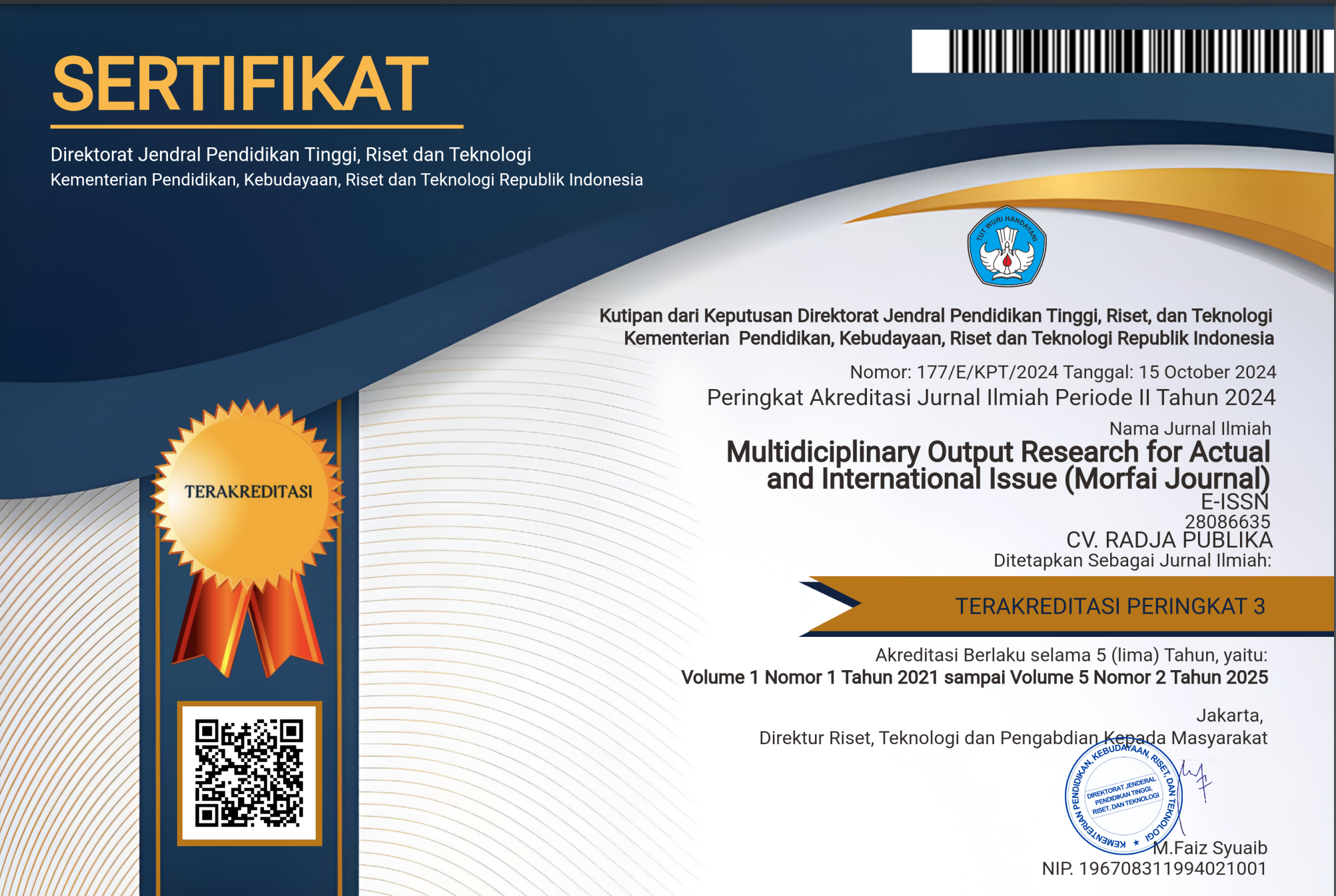THE EFFECT OF BRAND LOGO ANTHROPOMORPHISM AND BRAND FAMILIARITY ON BRAND TRUST MEDIATED BY BRAND IMAGE (CASE STUDY ON OLIVE FRIED CHICKEN)
Main Article Content
Hutdi Nurcahyono
Singgih Santoso
In the increasingly competitive culinary business, building brand trust is a key factor in attracting and retaining customers. Anthropomorphism of brand logos and brand familiarity can play an important role in forming a positive brand image, thus influencing the level of consumer trust. This study aims to analyze how these two factors contribute to brand trust in Olive Fried Chicken, considering the mediating role of brand image. This study uses a non-experimental quantitative approach with a focus on Olive Fried Chicken consumers in the Special Region of Yogyakarta and its surroundings. Data were collected through a questionnaire with a Likert scale, using a purposive random sampling method with a sample of 350 respondents. Data analysis was carried out using descriptive statistics and Structural Equation Modeling (SEM) using AMOS 24 to test the causal relationship between variables and confirm the validity and reliability of the instrument through Confirmatory Factor Analysis (CFA). This study shows that logo anthropomorphism and brand familiarity have a positive and significant influence on brand image, which in turn has an impact on increasing brand trust. Brand image acts as a mediator in the relationship between logo anthropomorphism and brand familiarity with brand trust, confirming that a strong image can strengthen consumer trust. Therefore, companies are advised to optimize branding strategies through more anthropomorphic logo designs and increased brand familiarity to build better brand image and trust.
Aggarwal, P., & McGill, A. L. (2007). Is that car smiling at me? Schema congruity as a basis for evaluating anthropomorphized products. Journal of Consumer Research, 34(4), 468–479.
Ajzen, I. (1991). The theory of planned behavior. Organizational Behavior and Human Decision Processes, 50(2), 179–211.
Alba, J. W., & Hutchinson, J. W. (1987). Dimensions of consumer expertise. Journal of Consumer Research, 411–454.
Alhaddad, A. (2015). Perceived quality, brand image and brand trust as determinants of brand loyalty. Journal of Research in Business and Management, 3(4), 1–8.
Boulding, K. E. (1961). The image: Knowledge in life and society (Vol. 47). University of Michigan press.
Çetinkaya, N. Ç. (2022). Effect of product color lightness on hedonic food consumption: The regulatory role of hedonic and extrinsic value. Alanya Akademik Bakış, 6(2), 2527–2543.
Delbaere, M., McQuarrie, E. F., & Phillips, B. J. (2011). Personification in advertising. Journal of Advertising, 40(1), 121–130.
Erjansola, A.-M., Lipponen, J., Vehkalahti, K., Aula, H.-M., & Pirttilä-Backman, A.-M. (2021). From the brand logo to brand associations and the corporate identity: visual and identity-based logo associations in a university merger. Journal of Brand Management, 28, 241–253.
Golossenko, A., Pillai, K. G., & Aroean, L. (2020). Seeing brands as humans: Development and validation of a brand anthropomorphism scale. International Journal of Research in Marketing, 37(4), 737–755.
Ho, K. F. X., Tarabashkina, L., & Liu, F. (2024). Anthropomorphised or not? Natural-organic logo’s impact on product value perceptions and consumers’ willingness to pay. Journal of Consumer Marketing, 41(4), 424–438.
Kaur, H., & Kaur, K. (2019). Connecting the dots between brand logo and brand image. Asia-Pacific Journal of Business Administration, 11(1), 68–87.
Kent, R. J., & Allen, C. T. (1994). Competitive interference effects in consumer memory for advertising: the role of brand familiarity. Journal of Marketing, 58(3), 97–105.
Liang, L., Abidin, S. B. Z., Shaari, N. B., Yahaya, M. F. Bin, & Jing, L. (2024). Logo impact on consumer’s perception, attitude, brand image and purchase intention: A 5 years systematic review. International Journal of Academic Research in Business and Social Sciences, 14(3), 861–900.
Machado, J. C., de Carvalho, L. V., Torres, A., & Costa, P. (2015). Brand logo design: examining consumer response to naturalness. Journal of Product & Brand Management, 24(1), 78–87.
Nashef, H. A. M. (2023). Canines: Unlikely Protagonists in the Novels of Coetzee, Saramago and Shibli. In A Responsibility to the World: Saramago, Politics, Philosophy (pp. 203–221). Frank & Timme, Berlin.
Oliveira, T., Martins, R., Sarker, S., Thomas, M., & Popovič, A. (2019). Understanding SaaS adoption: The moderating impact of the environment context. International Journal of Information Management, 49, 1–12.
Suhaili, S. M., Salim, N., & Jambli, M. N. (2021). Service chatbots: A systematic review. Expert Systems with Applications, 184, 115461.









